Have you lately noticed some signs of separation anxiety in your dog and wondering how to help your fur baby cope? We got you covered. Leaving your furry friend alone can be heartbreaking, especially when you hear them barking, whining, or scratching at the door. And it is even more challenging due to the common condition of dog anxiety. Luckily, there are many ways to help your little one cope with separation anxiety and live more comfortably.
What is Separation Anxiety in Dogs?
When your pup seems to get increasingly agitated when left by themselves, this more aggressive behavior is a common symptom of separation anxiety. As social animals, dogs have evolved to live in groups, and being separated from other animals in their pack (i.e., you and other dogs in your family) can be very stressful for them.
How to Recognize Signs of Dog Anxiety From Separation
Your furry friend may exhibit various signs of separation anxiety, aggressive behaviors such as excessive barking and, howling, whining, chewing, digging, scratching, and destructive behavior. Heightened panting, drooling, pacing, or attempting to come out of their confinement are some other signs of anxiety behavior in dogs and are not normal dog behaviors. However, it is essential to note that some of these symptoms can also indicate boredom, lack of exercise, or medical problems. It is recommended you discuss any generalized anxiety with your veterinarian to ensure other health concerns are ruled out.
Destructive Behavior
If you come home to damaged furniture, torn-up carpeting, or chewed items, your dog may be experiencing separation anxiety. Dogs who suffer from this anxiety often act out of boredom or stress when they are left alone. If your dog consistently destroys items when you leave, it could be a sign of separation anxiety.
Excessive Vocalization
If your pet becomes excessively vocal when you leave, such as barking, howling, or whining, it is another sign of separation anxiety. This stress-related behavior usually occurs within the first 15-45 minutes after you leave, although it might be persistent throughout the day. Neighbors might complain about such noise and some may even complain to authorities about it.
Toilet Troubles
Occasionally, dogs might lose control of their bladders or bowels when dealing with severe anxiety or separation anxiety. It usually occurs when your pet is highly distressed and fails to hold it in until you come back.
Watchful behavior
It’s important to watch out for a behavior change as well. If your dog constantly follows you, gets agitated or restless when you’re about to leave, and won’t let you out of sight, it’s a classic symptom of separation anxiety. In addition, it’s not uncommon for such dogs to display destructive and disruptive behavior, such as gnawing furniture, digging, or scratching doors and walls when left alone.
Pacing
Pacing is another common sign of anxiety in dogs that are left alone. These dogs cannot rest while you are absent, so they may pace back and forth throughout the house, unable to settle. Some also whine, bark, and howl to try and contact their owner.
Separation anxiety in dogs is a common problem. Recognizing the signs of separation anxiety and taking steps to address them can help your dog feel more relaxed and comfortable when left alone.
Meet: Large Munsterlander
Understanding the Causes of Dog Anxiety
There is more than one factor that brings about separation anxiety in dogs. When you are aware of and understand these factors, it allows for early preparation, behavior modification and planning to successfully manage or altogether prevent the condition.
Lack of Socialization and Training
Poor socializing or training in dogs can make them more susceptible to separation anxiety. To avoid this, socialize your dog by exposing them to different groups of people, new places, and experiences. By reinforcing these situations in a positive light, you can avoid separation anxiety occurring during the early stages of their life. Training can also be very beneficial for your dog to learn simple commands and for you to have more of an authoritative role in their life.
Changes in Routine or Environment
Like many of us humans, dogs, too, are habitual animals. Therefore, any new additions to their environment or daily routine tend to cause them a lot of stress. Moving to a new house, introducing a new family member or pet, or even a change in your work schedule can disrupt your dog’s routine and trigger separation anxiety.
Traumatic Experiences
Having had traumatic experiences, from abandonment to getting surrendered to a shelter, increases the chance of them getting separation anxiety. Trauma can cause lasting emotional distress behaviors, and scars and make dogs more fearful and anxious.
Genetics
The genetics of your furry friends also play a big part. There is a chance that nervousness and separation anxiety run in certain dogs’ families. In fact, there is evidence that certain breeds, like German Shepherds, Border Collies, and Bichon Frises, are more prone to an anxiety disorder.
How to Prevent Separation Anxiety?
Prevention is always the best approach to managing your dog’s separation anxiety. Laying down a healthy routine and habits as early as possible makes all the difference in helping to reduce stress and your pup feel relaxed and confident to be left alone.
Early Socialization and Training Dog
Make sure your dog gets plenty of positive socialization and training from a young age. Enroll them in puppy classes, take them on regular walks, and expose them to a variety of people and environments. Training your dog to be comfortable in a crate can also be helpful, as it gives them a safe and familiar space to retreat to when they are feeling anxious.
Gradual Desensitization to Being Alone
You can try leaving your dog by themselves for short instances, especially if it is a puppy, and then gradually lengthen the time when you see them adapting to it. It is vital to ensure your little one is comfortable, relaxed, and not under any sort of stress when leaving. Offer them a treat or a toy that they enjoy, and give them plenty of praise and affection when you return.
Ensuring Your Dog’s Basic Needs Are Met
Ensure your dog has everything it needs before leaving. This includes providing them with fresh water, enough food, a comfortable place to rest, and plenty of opportunities for exercise and mental stimulation. The more content your dog feels, the less likely it will be to stress when left alone.
Maintaining a Consistent Routine
Since many dogs seem to love routine, keeping up a consistent daily routine is recommended. This could include taking them out for walks, feeding them at a scheduled time daily, and even establishing a bedtime schedule and routine. By establishing a consistent routine, your dog will know what to expect and be less prone to separation anxiety when you leave.
Meet: Lancashire Heeler
Techniques to Manage or Treat Dog Anxiety
If your dog is already exhibiting signs of separation anxiety, there are several techniques you can use to either treat anxiety and help manage their anxiety.
Counterconditioning
Counterconditioning involves changing your dog’s emotional response to being left alone. This can be achieved by associating alone time with positive rewards, such as new toys or treats. Start by leaving your dog alone for a very short period (just a few seconds) and then returning and offering them a treat or toy. Gradually increase the amount of time you are gone, always making sure to offer positive reinforcement when you return.
Systematic Desensitization
Systematic desensitization for pet parents involves gradually exposing your dog to the triggers that cause their anxiety in a controlled and safe environment. This can be done by playing a recording of a door closing or footsteps leaving the house, for example, while you are still at home. Gradually increase the volume and duration of the recording, always making sure to offer your dog positive reinforcement when they remain calm.
Medications and Supplements
In some instances, treating anxiety in dogs may require relevant medication or supplements. These medications will be prescribed by your veterinarian and will often include drugs such as anti-anxiety sedatives, or supplements like CBD oil or melatonin. It is important to always follow your veterinarian’s instructions when giving meds to anxious dogs or treating anxiety disorders, as some anti-anxiety medications can have side effects.
Professional Help
Regarding the severity of your dog’s anxiety and poor response to treatment, professional help should be sought. To manage your dog’s anxiety, you can either enroll it in anxious dog training programs or work with behaviorists or a professional dog trainer to come up with an effective personalized behavior modification plan that works for you and your furry friend.
Managing Separation For an Anxious Dog with Special Needs
Dealing with separation anxiety in dogs can be challenging, but when it comes to special cases, things can get even more complicated. It is crucial to understand that certain factors can aggravate separation anxiety in dogs and may require more attention and patience to manage. Below are some such cases.
Older Dogs: As dogs age, similarly to humans, they also go through physical and mental changes. These changes can lead to an increase in anxiety or clinginess, making it harder for them to cope with being alone. Remember to give your older dogs extra attention when it comes to their daily needs in order to make them feel secure and relaxed.
Rescue Dogs: Rescue dogs may have a history of abandonment or trauma, making them more prone to separation anxiety. It is important to be aware of their past experiences and provide them with a stable and consistent routine.
Disabled Dogs: Disabilities in dogs such as deafness or blindness may make them more prone to experiencing heightened anxiety. You need to ensure that their environment is safe and familiar and that there are plenty of enrichment activities to keep them occupied.
It is important to remember that every dog is unique and may require a different approach when dealing with separation anxiety.
Meet: Polish Tatra Sheepdog
Bonus: Practical Tips for Helping Your Dog Cope with Separation Anxiety
In addition to the techniques outlined above, there are several practical tips you can use to help your dog cope with separation anxiety.
Identifying and Avoiding Triggers
Pet parents should try to identify what triggers their dog’s anxiety and avoid them as much as possible. For example, if your dog becomes anxious when they see you putting on your shoes or grabbing your keys, try to do these activities when you are not leaving.
Gradual Departures and Arrivals
When leaving or returning home, try to keep your interactions with your dog calm and brief. Gradually increase the amount of time you spend away from your dog, and avoid making a big fuss when you return.
Providing a Safe and Comfortable Space
By giving your dogs a space they feel safe and secure in, you help reduce their anxiety. Whether this is a crate, a warm bed, or a room of toys and treats, a space of their own is a pivotal factor in helping with anxiety. By providing your dog with a familiar and comforting space, they will be less likely to become anxious when you are not around.
Using Interactive Toys and Puzzles
Interactive chew toys and puzzles can help keep your dog’s mind engaged and distracted when you are not around. For instance, toy treat dispensers can be fun and rewarding to your pups.
Leaving Calming Scents or Music
Leaving a familiar scent, such as a blanket or piece of clothing that smells like you, can provide comfort and reassurance to your dog when you are not around. You can also leave calming music or white noise playing in the background, which can have a calming effect help soothe your dog’s anxiety.
Avoiding Punishment or Scolding
It is important to avoid punishing or scolding your dog for its anxious behavior. Instead, emphasize positive reinforcement and give your dog treats when they behave in a calm, relaxed manner.
Final Thoughts; How to Reduce Anxiety in Dogs
You may have now got a fair understanding of how to deal with separation and anxiety-related behaviors in dogs. Though it can be challenging to address anxiety behavior in dogs, you must remember that this condition is both common and treatable. By taking a proactive approach and using a combination of techniques, you can help your dog feel more comfortable and secure when you are not around.
Try to always be consistent with routines and training, be calm, and seek help from a professional if you feel your dog’s anxiety is getting worse or not reacting to the treatments well. With time and effort, you can help your dog overcome their separation anxiety and behavior problems and enjoy a happy and healthy life.
Interesting Reads:
Why Crate Training is Important for Your Dog’s Well-being
Best Emotional Support Dog Breeds for Anxiety and Depression


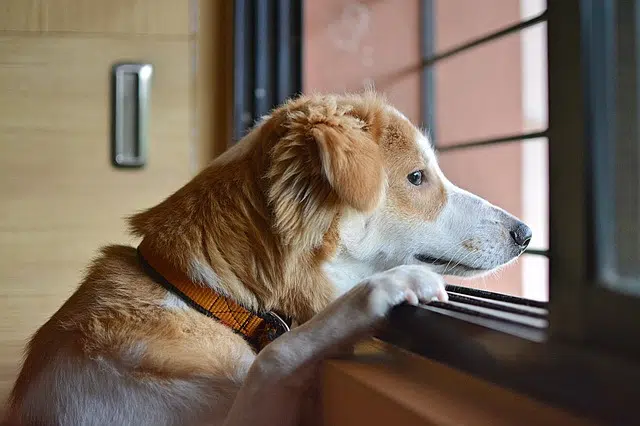
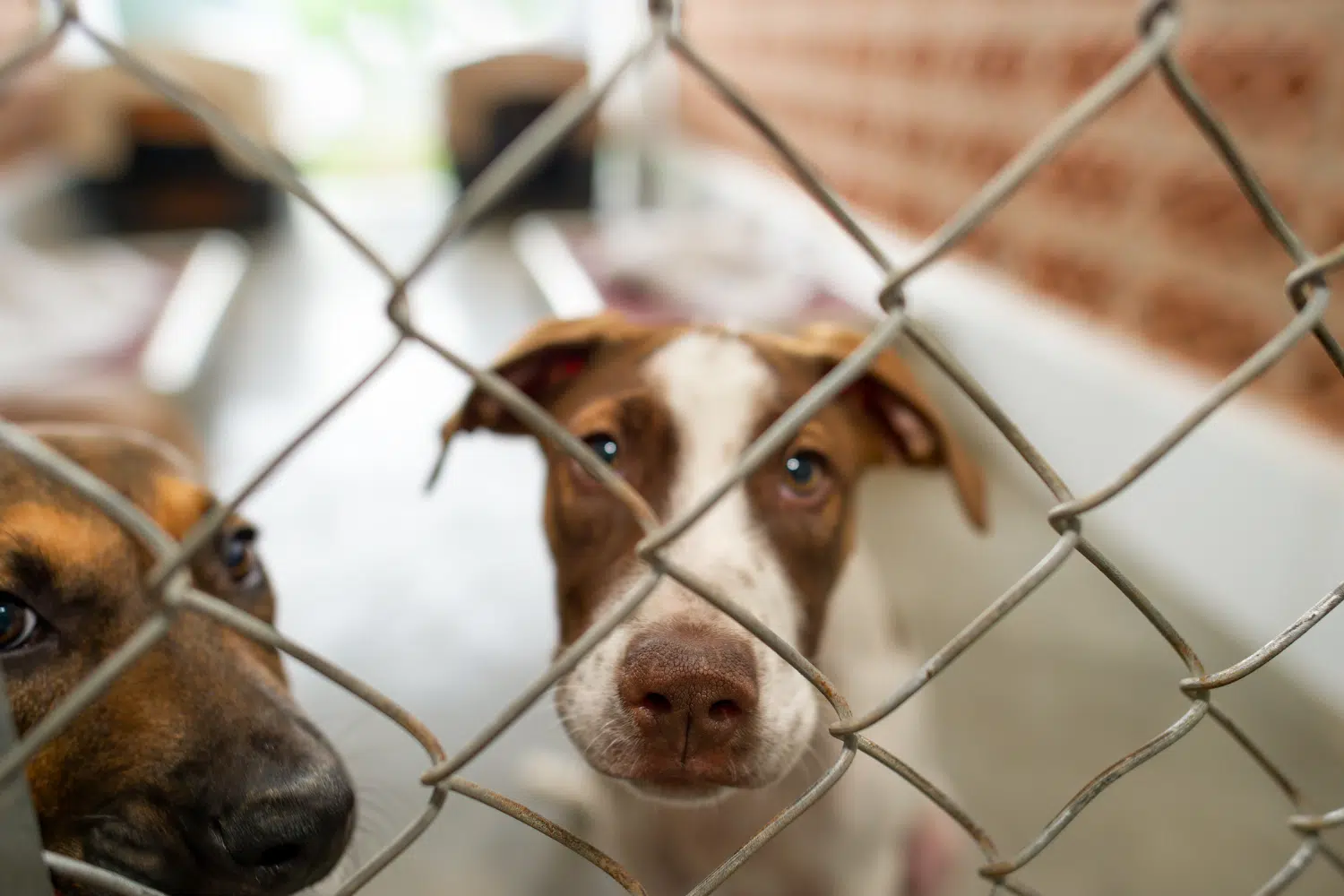

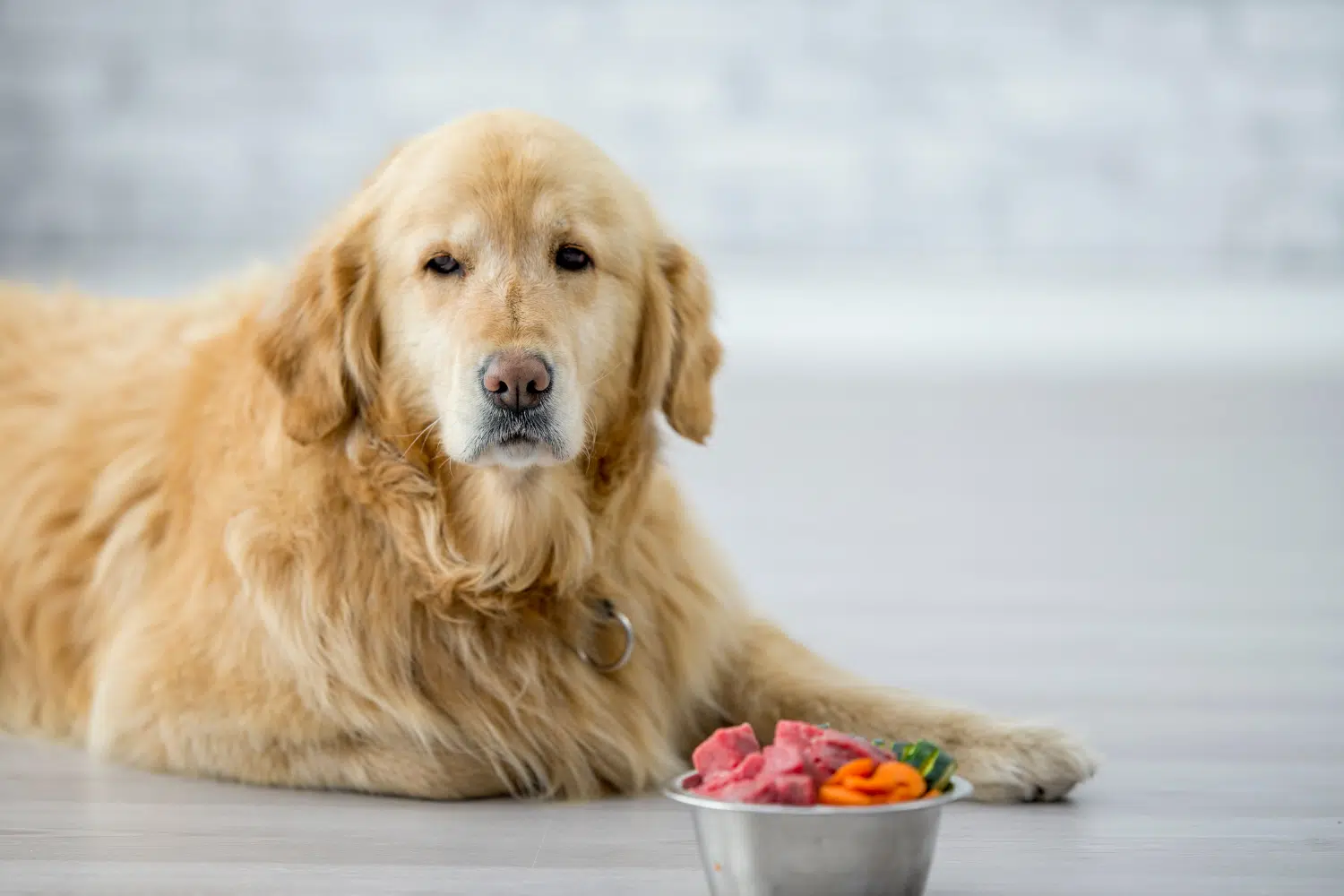
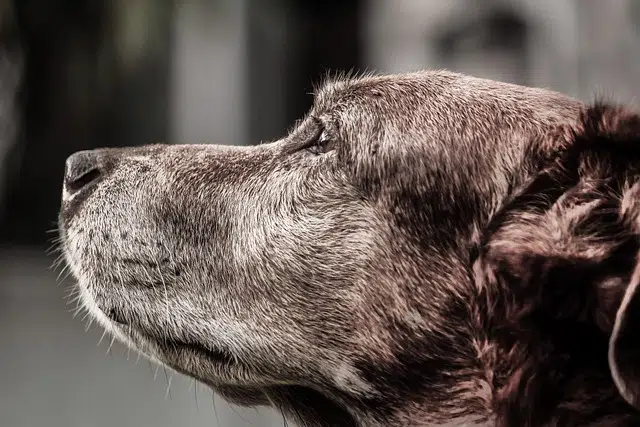
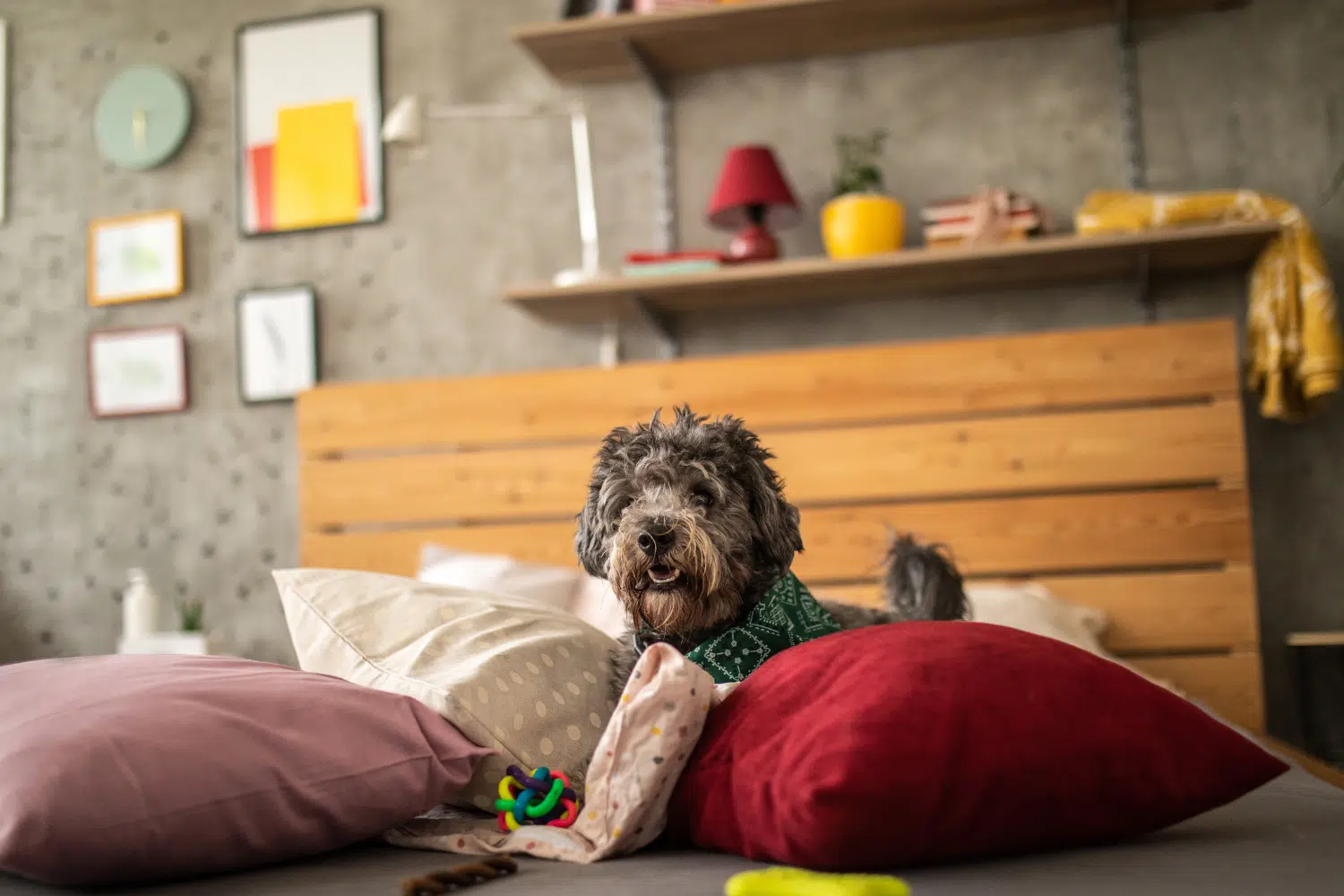
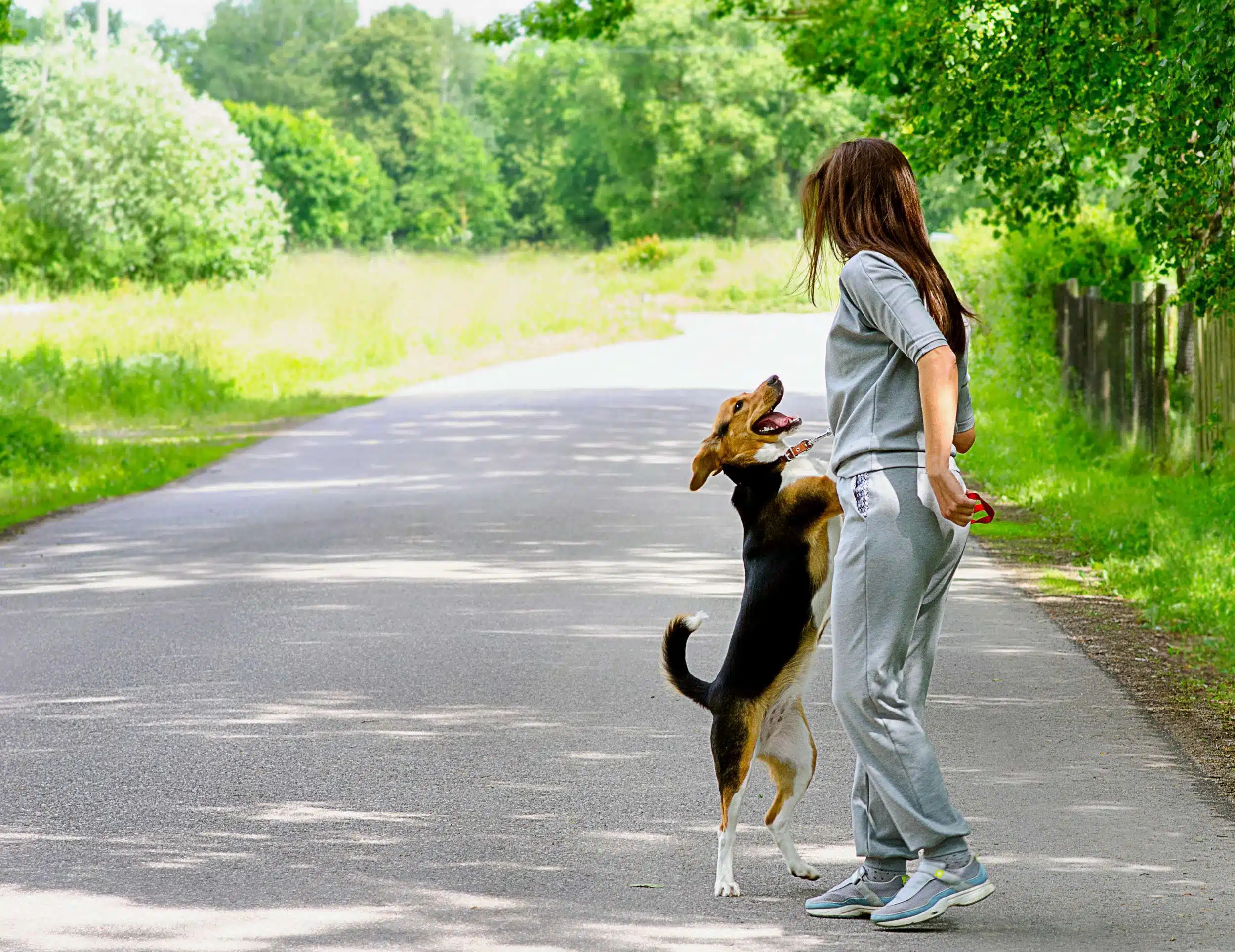
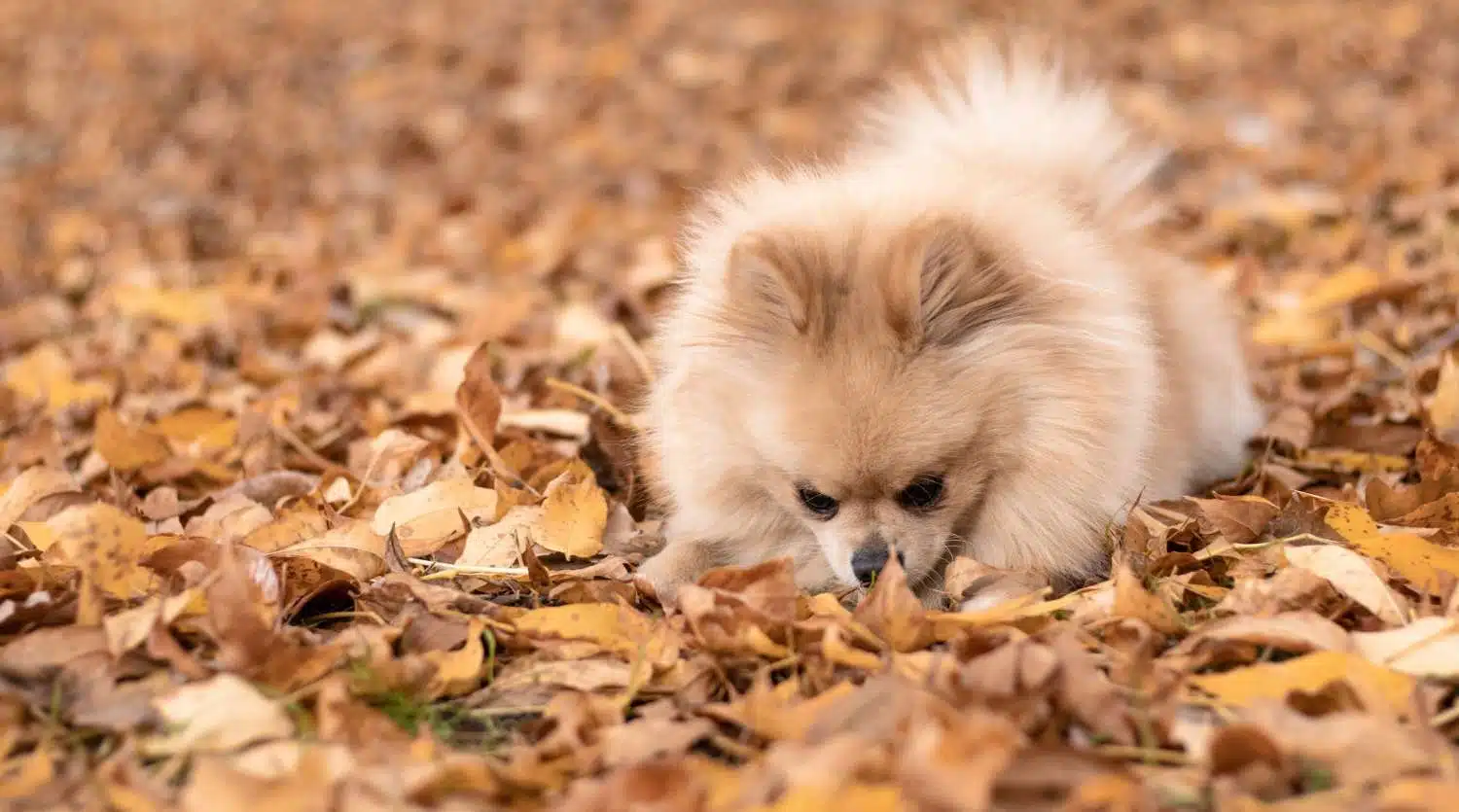
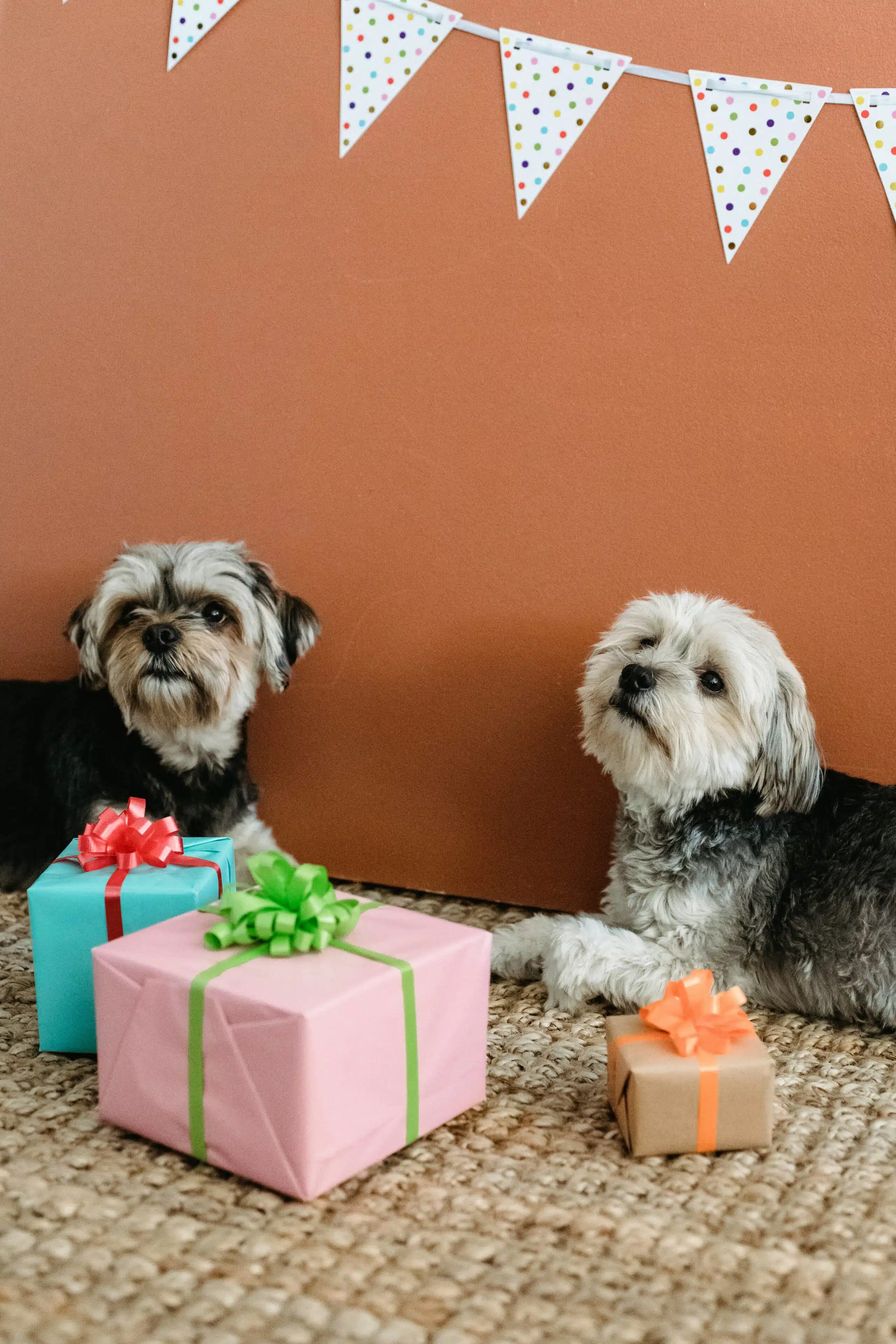
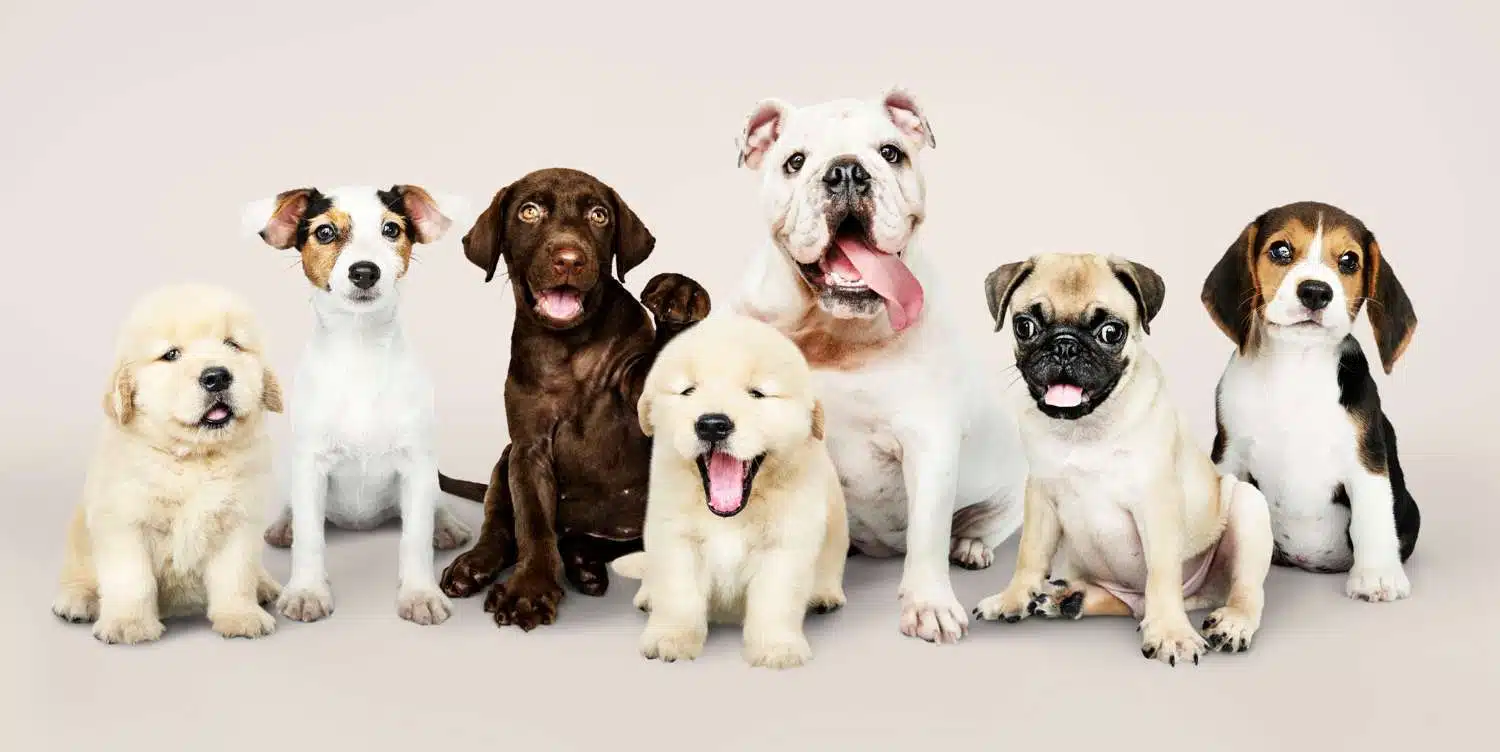
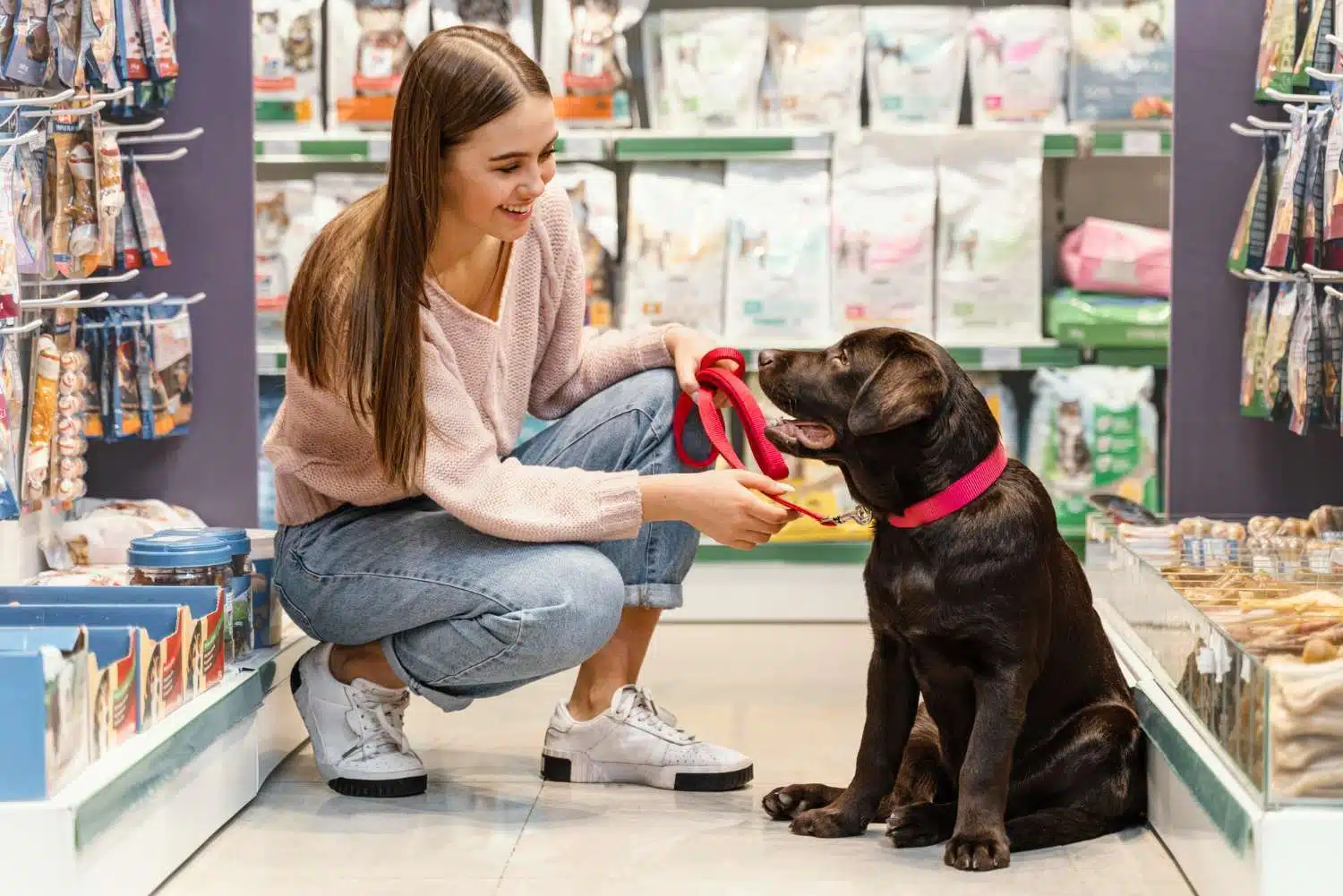

Get involved!
Comments